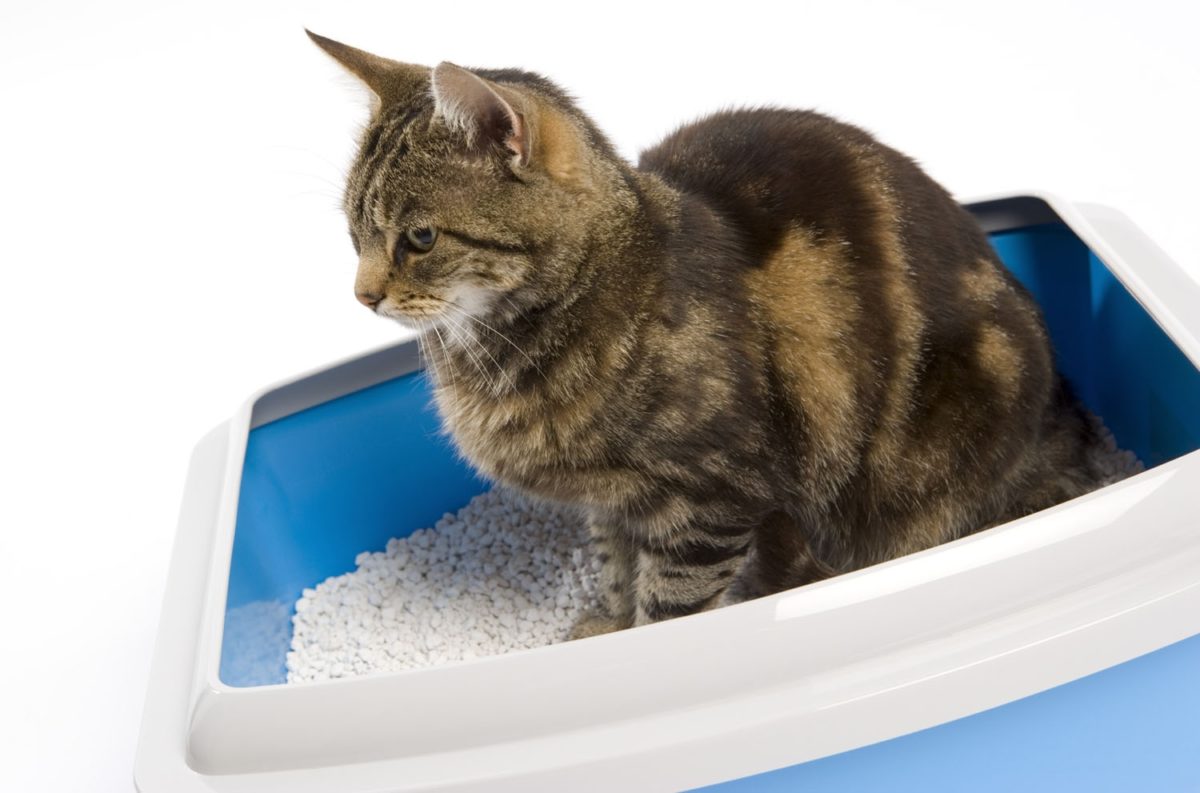Vehicle Security Basics for Survival in Bad Times
Wherever you are working or living at some point you will have to use vehicles, for most people they are part of their everyday lives. Driving itself can be a dangerous task in many places and as we have seen many kidnappings, robberies and assassinations occur when people are in or around their vehicles. In times of civil unrest or if you’re traveling to a potentially hostile area your vehicle security and travel must be planned for and taken seriously.
Vehicles should be regarded as an important piece of your equipment and should be well maintained and never treated as a toy. Before you take a vehicle out basic maintenance checks need to be done, like checking the battery, oil, fuel level, tires, water, spare tire, break down and vehicle emergency kit. You should always ensure you have a good means of communications and that you regularly check in with trusted people who can send assistance in the case of an emergency. You should also always know the routes you are driving and the location of any facilities along those routes that could be of use to you whether it’s a coffee shop with a bathroom or a hospital with an emergency room.
Basic Vehicle Security
Vehicles need to be secured or manned at all times, if they are left unattended, they, and the area around them, must be searched for IEDs, electronic surveillance devices, contraband and anything suspicious. The area around a vehicle must be searched as you approach it for any suspicious vehicles or people; the criminals may have found your car and are waiting for your approach it to kidnap or assassinate you. I always try to park my car as far away from others as possible, that way there is no cover for anyone to hide and if any other car is parked close to mine they are immediately suspicious. If you keep the vehicle in a locked garage still always lock doors and trunk, you will also need to search the exterior of the garage for IEDs, electronic surveillance devices and signs of forced entry in a high-risk environment.
If the vehicle cannot be garaged, try to park it in a secure, guarded area or somewhere that is covered by surveillance cameras. Drive-ways and regularly used routes from your residence to main roads should regularly be search for IEDs and signs of criminal activity. A vehicle needs to be searched after being serviced or repaired and after being left unattended for any length of time, here are some guidelines on how to search a vehicle:
-
100 Deadly Skills – Great information for people who want to make sure they can survive any dangerous situation.
Always search the general area around a vehicle for any explosive devices or suspicious people waiting to ambush you. Always check the outside of a garage for any signs of a force entry before you go in and check garage doors and drive ways for signs of booby traps, land mines and ambushes. The roofs of garages need to secured!
- Turn off all radios and cell phones and check the immediate area surrounding the car for disturbances, wires, oil/fluid stains, footprints, etc. It helps to keep vehicles a little dirty as you will be able to see smears in the dirt if someone was trying to break in.
- Visual check through the windows for anything thing out-of-place or wires, etc.
- Get down on your hands and knees and check underneath the vehicle, inside fenders, wheels and arches for any devices. Also check for cut tires, lose wheel nuts and devices placed under the wheels. This is where a flashlight and a search mirror can come in handy.
- Check the exhaust as it is a very easy place to put an improvised explosive device. You can have bolts or wire mesh put in to exhausts to stop IEDs from being placed in them; if you do this, make sure the bolts or wire mess is not visible as this can draw attention to the car.
- Slowly open the car doors and check the Interior of the vehicle even if there is no signs of a forced entry. Do the same for the trunk and make sure to search the spare tire and break down kit.
- Open the hood slowly and check the engine. Again it might be helpful to keep the engine dirty as new wires and hand prints are easy to see.
- Final turn on the engine and check all the electrics.
This is just a guide to searching vehicles but as you can see to do a thorough search can take time and would require someone to be watching the back of the searcher. Your best defense is to deny the criminal access to your vehicle but this can prove to be very difficult in the real world.
Vehicle Drills
If you are consider undertaking some advanced driving training, I see little need for evasive driver training but can see applications for people to learn to be able to handle vehicles at speed and in hazardous weather. Again, vehicle drills cannot be learnt from manuals or videos, you will need to learn them from an experienced advanced trained driver. Always check out the instructor’s background, qualifications and reputation, look for those that offer sensible driving courses and not wannabe spy holidays.

The main thing you need to learn is how to drive safely and to be able to identify any possible threats and avoid them. In most large towns and cities you will not be able to perform such things as J turns or other evasive maneuvers due to lack of space and traffic, so you must always be aware of what is going on around you. The main thing I tell people is to keep as much space as possible between you and the car in front as this can give you some space to maneuver in congested traffic.
When you watch the movies and there is a car chase and the cars are skidding all over the place check the state of the roads they are on. Chances are the roads will be wet, and the tires on the cars will have minimal tread. This is the same on most evasive driving courses, but these are also usually done on private roads or open areas where there is no other traffic. Think about why you put decent tires on your vehicles; to stop them from skidding and spinning out of control right? When you are driving around you always want to be thinking of where you could take evasive action, in urban areas there will be few places where you could spin your car around and drive against the traffic flow; that’s Hollywood.
If the criminals or terrorists are in any way professional they will attack you when your car is penned in and you cannot take any evasive maneuvers, not on wide open roads. It’s a common street kid tactics in a lot of Latin American cities to rob cars at traffic lights that are at least two cars back from the stop light with other cars behind them; these cars are stuck and cannot escape. If street kids on bicycles with at most a rusty revolver have worked out how to jack people in cars don’t you think their big bothers have also?
I am regularly asked about whether I favor armored cars or not, as with everything they have their pros and cons. Armored cars do have an application, the first thing you need to consider is what level of armoring the car your buying or using has. I have come across people driving around in cars armored to stop pistol caliber rounds in areas where the bad guys carry assault weapons, they thought an armored car was all they needed and were unaware of the different levels of armoring. You will also need to confirm where the car is armored; doors, windows, floor, engine, roof etc. Some cars may only have some armored panels in the doors and rear seat, always check for yourself and do not believe what people tell you.

Now think like the criminals, if you knew your target was driving around in a SUV armored to B6 level are you going to shoot at them when they are driving around or wait for them stop and get out of the car, or stop them and make them get out of the car? Think about how can you get someone out of a car; what would you do if a female driver bumped into the back of your car, get out to inspect the damage and then possibly be kidnapped by her two armed accomplices crouched in the back seat of her car? Always be aware of decoys that are intended to make you stop and get out of your vehicle, such as accidents or even bodies next to the road. Basic rule, stay in your car and keep moving between safe areas.
A criminal tactic when targeting armored cash-in-transit vehicles is to box them in, cover the van in gasoline, then give those inside to option of throwing out the cash, surrendering or being burnt alive. An issue with armored vehicles is that you cannot shoot at the criminals from the inside. There was one incident I recall from the mid 1990’s where an unarmored van that was moving cash was stopped and ambushed in an Eastern European country, the fact the van was unarmored enabled the security personnel inside to be able to shoot through the sides of the van and drive off the criminals, which they could not have done if they had taken an armored van that day. There have also been numerous incidents where criminals have assassinated targets traveling in armored vehicles with IEDs, Rocket Propelled Grenades (RPGs) and improvised shaped charges. An armored vehicle can assist you in your security program but it should not be all there is to your security program.
Security Considerations when using vehicles
- Always check the area around the vehicle before you approach it.
- Search the vehicle prior to use for IEDs, electronic surveillance devices and contraband.
- Always keep a spare set of keys for the vehicle on you in case the driver loses his or is taken out by the criminals.
- Be aware of the vehicle’s capabilities; make sure the driver has experience driving that type of vehicle.
- Always drive safely at the maximum, safest speed, within the legal speed limit.
- Always carry out basic maintenance checks, before you go anywhere and check that communications work before leaving a safe area.
- Make sure you know what to do if your car breaks down; will someone come to get you or will you call for roadside assistance?
- In rural areas things that should be included in your break down kit should include cans of fix-a-flat, air compressor, jump leads, tire plugging kit, tube to siphon gas, gas cans and a tow rope.
- Know which routes your taking and keep maps in the vehicle for all areas you’re traveling in. Also have alternative routes prepared that have been driven and checked out.
- Inform personnel at a location 10 to 15 minutes, before your arrival.
- Constantly check behind you for criminal surveillance vehicles and be suspicious of motorbikes, especially with two people on them.
- When being followed by a motorbike always watch to see if both the rider’s hands are on the handle bars, if you only see one hand, what is the other holding or doing?
- Make full use of your mirrors; put a mirror on the passenger side for the passenger to use.
- Regularly carry out counter-surveillance drills and always be watching for any cars following you or suspicious people along regularly used routes.
- Keep a good distance from the car in front, so you can drive around it in an emergency and try to avoid being blocked by other vehicles.
- Never let the vehicle fuel tank to go below half full and know where all gas stations are along your route.
- Keep doors locked when traveling between locations and in urban areas do not open windows or sunroof more than an inch, so things cannot be thrown in.
- Always be prepared to take evasive action, be aware of danger points on your routes and drive towards the center of the road to have space for evasive maneuvers.
- Blend in with your environment; don’t drive expensive cars in poor areas, etc.
- Be suspicious of all roadblocks, temporary stop signs and car accidents, etc. Never stop to pick up hitchhikers or help other motorists, as these could be covers for an ambush or carjacking.
- Keep vehicle keys secure and know who has all the spare keys and access to the vehicle.
- Remember others can monitor tracking devices and help services such as OnStar, then get the details of where you are and you’re routine without the need for surveillance.
- Be extra vigilant at traffic lights and in slow-moving traffic.
- Keep the vehicle in a locked garage when not in use and lock all doors and the trunk.
- Wherever legal reverse park; this will help if fast get away is required.
- Always use seat belts, especially when driving at speed or taking evasive action.
- Keep a safety knife handy to cut away seat belts and break windows in the case of a crash.
- When driving on dangerous roads or taking evasive action open the vehicles windows to make escape easier in the event of a crash.
Wherever you are working or living at some point you will have to use vehicles, for most people they are part of their everyday lives. Driving itself can be a

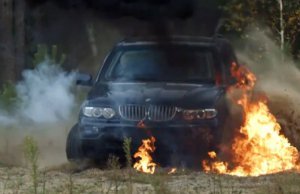



![apple-harvest[1]](https://www.finalprepper.com/wp-content/uploads/2016/06/apple-harvest1.jpg)
![victoria-plum[1]](https://www.finalprepper.com/wp-content/uploads/2016/06/victoria-plum1.jpg)
![planting-fruit-tree[1]](https://www.finalprepper.com/wp-content/uploads/2016/06/planting-fruit-tree1.jpg)
![fruit-tree-planted[1]](https://www.finalprepper.com/wp-content/uploads/2016/06/fruit-tree-planted1.jpg) Fruit trees always seem to be such strong, healthy plants that we forget how vulnerable they are when first planted. Yet during the first year, the tree can easily die from not getting enough water or nutrients. Until the root system is at least as large as the tree it supports, it is particularly vulnerable to environmental stress.
Fruit trees always seem to be such strong, healthy plants that we forget how vulnerable they are when first planted. Yet during the first year, the tree can easily die from not getting enough water or nutrients. Until the root system is at least as large as the tree it supports, it is particularly vulnerable to environmental stress.

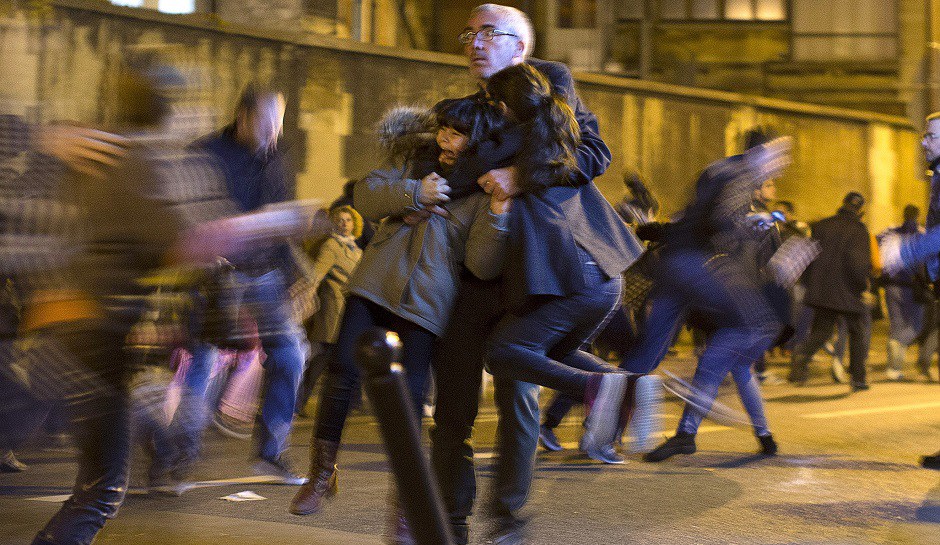






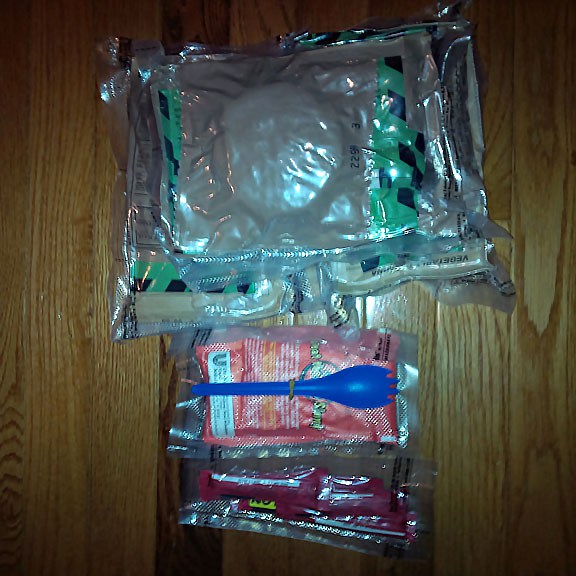








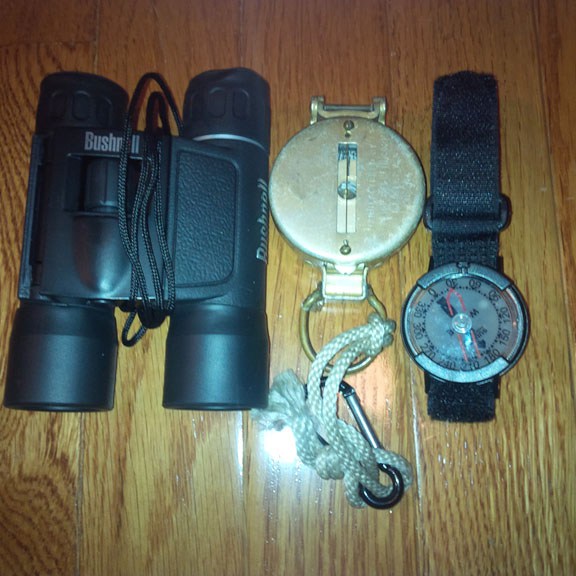













 Other experts focus on short-term survival; I recall an episode of Bear Grylls where he is shown
Other experts focus on short-term survival; I recall an episode of Bear Grylls where he is shown 











